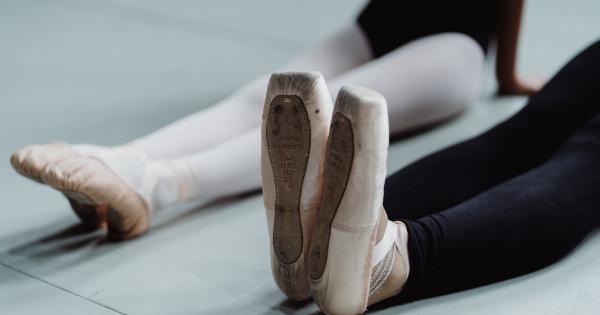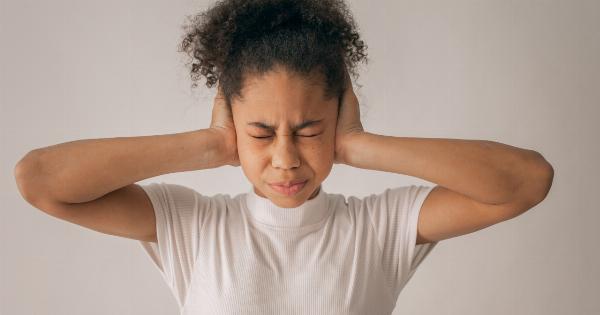Understanding how men perceive the female private parts is a topic that has intrigued many individuals, as it sheds light on cultural, societal, and psychological factors that shape our perception of sexuality and gender.
By delving into this subject, we can gain insights into the variations in men’s perspectives and how they are influenced by factors such as education, culture, and personal experiences.
Nomenclature and Terminology
Before delving into men’s perception of the female private parts, it is important to clarify the nomenclature and terminology used to refer to them.
Different cultures and demographics use various terms such as vagina, vulva, private parts, lady parts, or even slang terms. The discrepancies in terminology may reflect linguistic diversity or societal taboos associated with discussing these particular body parts.
Cultural Influence
Cultural backgrounds significantly shape how men perceive the female private parts. In some cultures, discussions regarding female sexuality may be considered taboo, promoting a lack of understanding and perpetuating myths and misconceptions.
Conversely, cultures that embrace open conversations about sexuality and anatomy tend to foster healthier perceptions.
Media Portrayal
The media plays a powerful role in shaping societal perceptions, including how men perceive female private parts. Mainstream media often portrays idealized and unrealistic representations of the female body, promoting narrow beauty standards.
This can lead to body image issues and distorted perceptions of what is considered “normal” or desirable.
Education and Knowledge
Men’s perception of the female private parts is greatly influenced by their level of education and knowledge about female anatomy. Lack of adequate sexual education can contribute to misconceptions and limited understanding.
Comprehensive sexual education, on the other hand, can foster accurate insights and promote healthier attitudes towards women’s bodies.
Personal Experiences and Relationships
Personal experiences and intimate relationships also play a significant role in shaping how men perceive the female private parts.
Intimate encounters, communication with partners, and emotional connections can lead to a deeper appreciation and understanding of women’s bodies, transcending mere physical appearances.
Pornography and Sexual Fantasies
The widespread availability and consumption of pornography have undoubtedly impacted men’s perception of female private parts.
It is important to note, however, that pornography predominantly showcases sensationalized and unrealistic portrayals of women’s bodies and sexual experiences. Men who primarily rely on pornography for their understanding may form skewed perceptions.
Myths and Misconceptions
Myths and misconceptions also play a role in shaping men’s perception of female private parts. Common misconceptions may include beliefs about the size, odor, or appearance of the female genitalia.
These misconceptions can be dispelled through education and open dialogue, enabling men to develop more accurate understandings.
Body Positivity and Empowerment
With the rising body positivity movement, men’s perceptions of the female private parts are gradually shifting towards more acceptance and appreciation.
As society becomes more inclusive and diverse in its representation of women’s bodies, men are exposed to a broader range of appearances, fostering a healthier perception and sense of empowerment.
Medicalization and Objectification
The medicalization and objectification of female private parts in certain contexts can influence men’s perception. When reduced to solely physical objects, the complexity and multifaceted nature of women’s bodies can be disregarded.
Recognizing the importance of consent, respect, and understanding goes a long way in countering objectification.
Conclusion
Men’s perception of the female private parts is shaped by various factors, including cultural influences, media portrayals, education, personal experiences, and the prevalence of myths and misconceptions.
By promoting comprehensive sexual education, fostering open dialogues, and advocating for body positivity and empowerment, we can help shape a healthier and more informed perception of women’s bodies.






























